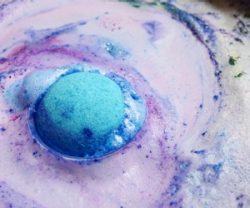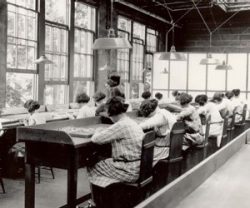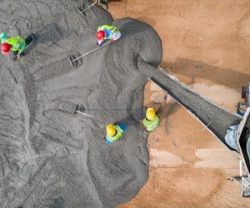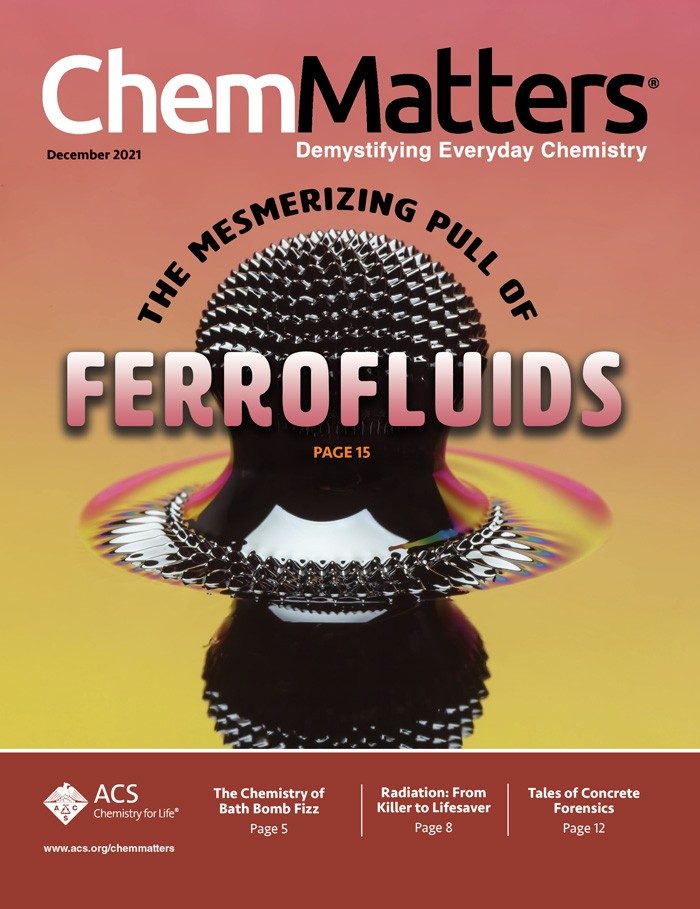December 2021
Features
The Mesmerizing Pull of Ferrofluids
By Brian Rohrig
Mysterious. Alien. Magical. The captivating movements of ferrofluids in response to a magnetic field seem inexplicable—until you learn about the science behind the versatile material!
Teacher's Guide (.docx) | Spanish Translation of Article (PDF) | Aligning Magnets Puzzle (PDF)

Bath Bombs: The Chemistry Behind the Fizz
By Wynne Parry
Bath bombs can transform your bathing experience with soothing scents, tiny bursting bubbles, and swirls of vivid colors. Find out what ingredients are mixed and matched to give these products their fizzy appeal!
Teacher's Guide (.docx)
*Available by subscription only

Radiation. The Good. The Bad. And Its Place in Our Modern World.
By inChemistry
The world learned the hard way that radioactive elements can be deadly. But with research, scientists figured out how to harness the properties of these materials and use them for good.
Teacher's Guide (.docx)
*Available by subscription only

Tales of Concrete Forensics
By Mitch Jacoby/Chemical & Engineering News
Concrete is everywhere! We rely on it to build roads, buildings, bridges, and sewage systems. But if poorly applied, concrete will quickly crack and flake. Investigators can often reveal where the chemistry went wrong and how to fix it.
Teacher's Guide (.docx)
*Available by subscription only
Departments
Open for Discussion: Why Do Experts Change Their Minds?
By Robert Kidd
During a global health emergency, government and health experts have a responsibility to regularly provide guidance to keep people safe. During the pandemic, some people have become wary of public health advice because it switched course a few times. But why do experts change their minds?
Chemistry in Person: From Chemist to Food-Tech CEO
By Max G. Levy
Aidan Mouat credits “dumb luck” for setting him on a path from chemist to CEO. Mouat has for the past six years run Hazel Technologies, which invented a small packet of chemicals to keep food fresh longer before reaching grocers.







